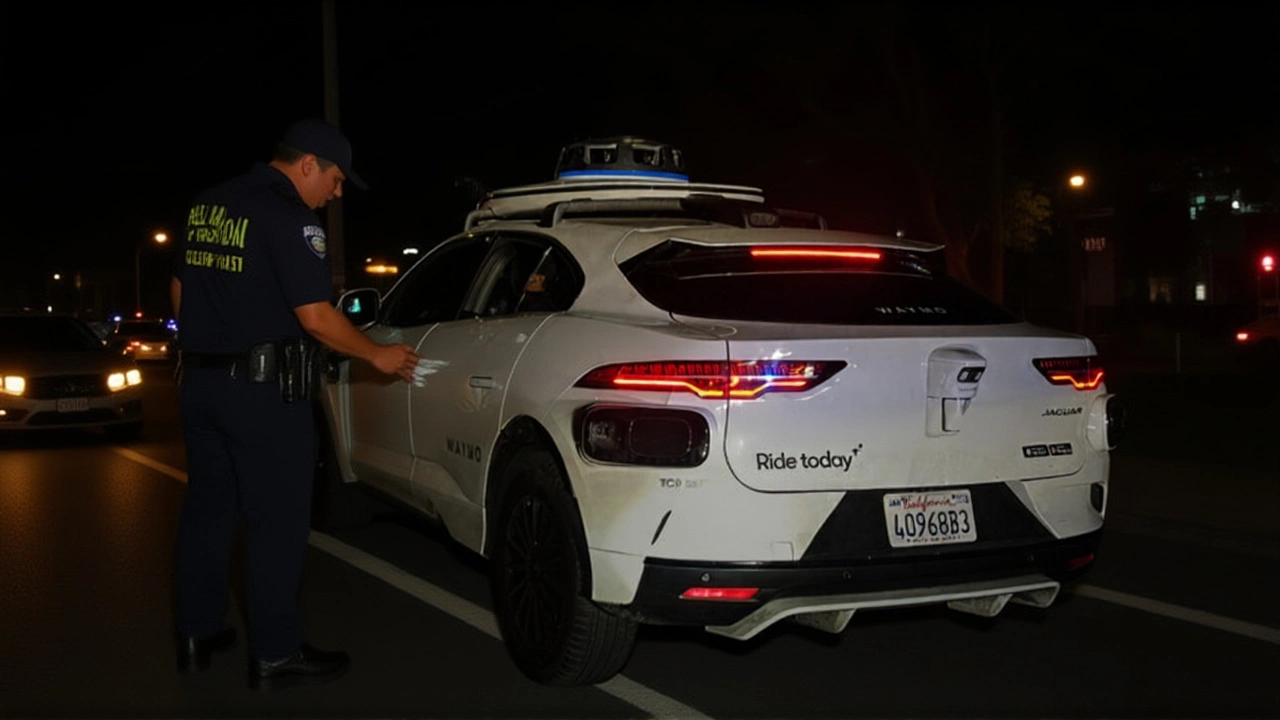Traffic Violation: Types, Penalties and Real‑World Impact
When talking about traffic violation, any breach of road rules enforced by law, from speeding to illegal parking. Also known as road offense, it shapes daily driving habits and legal outcomes. Two of the most common breaches are speeding, exceeding posted speed limits and driving under the influence (DUI), operating a vehicle while impaired by alcohol or drugs. Both carry specific fines and point penalties that can affect a driver’s license.
Traffic violation encompasses a wide range of behaviors, from minor infractions like illegal parking to serious offenses such as reckless driving. The law requires drivers to follow speed limits, obey traffic signals, and stay sober behind the wheel. When a violation occurs, law enforcement issues a traffic fine, a monetary penalty tied to the specific breach. This fine often triggers a points system: each point represents a demerit that stays on the driver’s record for a set period. Accumulating points can lead to license suspension, higher insurance rates, or mandatory driving courses.
Why Penalties Matter: Behavior, Safety and Cost
Research shows that higher fines and point penalties reduce repeat offenses. When a driver receives a ticket for speeding, the immediate cost and the threat of points encourage slower driving next time. Similarly, DUI arrests carry steep fines, possible jail time, and mandatory alcohol education, all of which aim to protect public safety. These penalties form a feedback loop: the stricter the enforcement, the lower the incidence of dangerous driving. This dynamic is evident in news stories about public figures—celebrity incidents, like a famous singer’s car crash, often spark public dialogue about road safety and legal accountability.
Another key entity is the driver’s license, the official permit allowing a person to operate a motor vehicle. When points reach a threshold, the licensing agency may suspend or revoke the license, forcing the driver to attend a remedial program before regaining road privileges. This process not only punishes the offender but also educates them, reducing future risk. Many jurisdictions also require an insurance increase, higher premiums after a violation, which further motivates compliance.
Beyond individual consequences, traffic violations affect communities. Accidents caused by speeding or DUI result in medical costs, property damage, and even loss of life. Municipalities count these costs when setting fine amounts. For example, a city that experiences a spike in red‑light running may introduce camera enforcement, raising fines to offset emergency response expenses. This illustrates a semantic triple: "Traffic violation influences municipal budgeting". Likewise, "Law enforcement requires evidence collection" and "Traffic safety campaigns reduce violation rates" are other natural connections.
In practice, drivers encounter a variety of violation types. Common categories include:
- Speeding – exceeding posted limits or traveling too fast for conditions.
- Running red lights or stop signs – ignoring traffic control devices.
- DUI – operating under the influence of alcohol or drugs.
- Seat‑belt non‑use – failing to wear a safety belt.
- Illegal parking – obstructing traffic or private property.
Understanding how these pieces fit together helps drivers make smarter choices. When you know that a speeding ticket will add points, raise insurance, and possibly trigger a license suspension, you’re more likely to obey speed limits. The same logic applies to DUI: the legal risk outweighs any perceived benefit. This cause‑effect chain—"Traffic violation requires fine, fine influences driver behavior"—is at the heart of road safety policy.
Below you’ll find a curated collection of articles that illustrate how traffic violations intersect with real‑world events. From celebrity news that highlights the fallout of reckless driving to sports stories that touch on legal issues, the posts offer a broad view of how road offenses shape public discourse. Dive into the list to see examples, get practical tips, and understand the broader impact of staying within the law.

Waymo Driverless Taxi Pulls Over in San Bruno, Police Can't Issue Ticket
A Waymo driverless taxi made an illegal U‑turn in San Bruno on Oct 1, 2025, leaving police unable to ticket it. The incident highlights California's new AV laws and enforcement challenges.